Home>Technology>Home Entertainment Systems>How Can The Media (Newspapers, Television, Movies, Music) Help To Reduce Stereotyping?
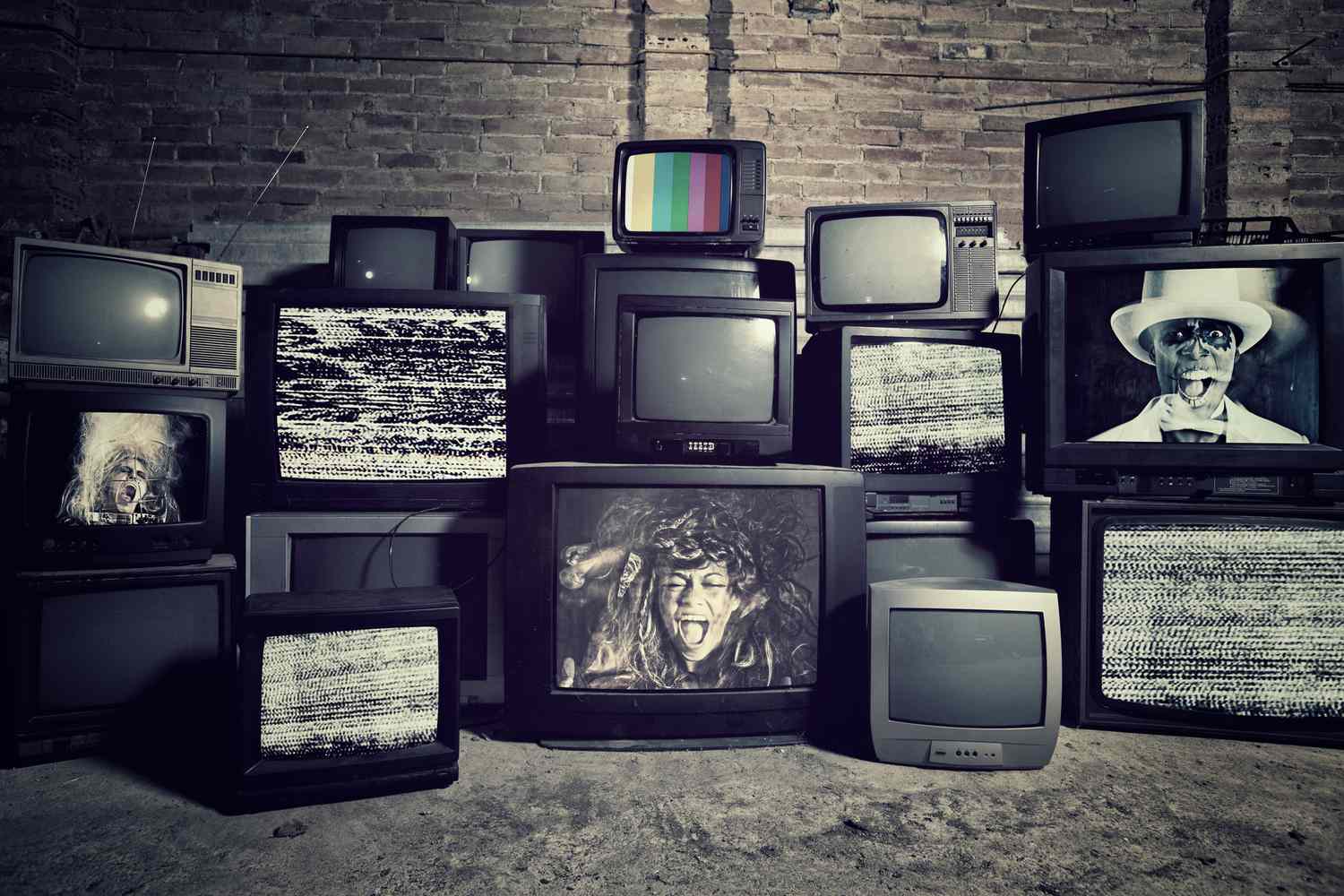

Home Entertainment Systems
How Can The Media (Newspapers, Television, Movies, Music) Help To Reduce Stereotyping?
Published: December 20, 2023
Discover how home entertainment systems in newspapers, television, movies, and music can combat stereotyping and promote inclusivity. Explore the impact of media on reducing stereotypes.
(Many of the links in this article redirect to a specific reviewed product. Your purchase of these products through affiliate links helps to generate commission for Storables.com, at no extra cost. Learn more)
Introduction
In today's rapidly evolving society, the media plays a pivotal role in shaping perceptions, beliefs, and attitudes. From newspapers to television, movies, and music, the media has the power to either reinforce or challenge stereotypes. Stereotyping, a cognitive shortcut that categorizes individuals based on assumptions about their characteristics, can lead to prejudice and discrimination. Therefore, it is crucial to explore how various forms of media can contribute to reducing stereotyping and promoting inclusivity.
The portrayal of diverse individuals in the media not only reflects societal values but also has the potential to influence them. By examining the impact of newspapers, television, movies, and music, we can gain a comprehensive understanding of how these platforms can actively contribute to breaking down stereotypes and fostering a more inclusive and empathetic society. Let's delve into the multifaceted role of the media in combating stereotyping and promoting positive social change.
Key Takeaways:
- Embracing diversity in newspapers, television, movies, and music can break down stereotypes and create a more inclusive society, promoting empathy and understanding.
- By challenging biases and amplifying diverse voices, the media can shape a cultural landscape that celebrates the richness and diversity of human experiences, fostering a more empathetic and inclusive society.
Understanding Stereotyping in Media
Stereotyping in media refers to the oversimplified, often biased representations of individuals or groups based on characteristics such as race, gender, age, sexual orientation, and socio-economic status. These portrayals can perpetuate harmful stereotypes, reinforce societal prejudices, and contribute to the marginalization of certain demographics. It is essential to recognize that media representations are not neutral; they have the power to shape perceptions and influence societal norms.
Moreover, the perpetuation of stereotypes in media can lead to the internalization of these biases by the audience, ultimately impacting their attitudes and behaviors towards others. For example, the portrayal of certain racial or ethnic groups in a stereotypical manner can fuel prejudice and discrimination, creating barriers to social cohesion and equality.
By understanding the pervasive nature of stereotyping in media, we can critically examine the messages conveyed through various platforms and identify opportunities for positive change. It is imperative to acknowledge the impact of media representation on shaping societal attitudes and to actively work towards promoting more accurate, diverse, and inclusive portrayals of individuals and communities.
The Role of Newspapers in Reducing Stereotyping
Newspapers serve as a crucial source of information and opinion formation for a wide audience. In the context of reducing stereotyping, newspapers have the potential to challenge prevailing biases and promote a more nuanced understanding of diverse communities. Through responsible journalism and editorial choices, newspapers can actively contribute to dismantling stereotypes and fostering inclusivity.
One significant way newspapers can combat stereotyping is by ensuring diverse representation in their reporting and editorial content. By featuring stories that showcase the richness and diversity of different cultures, backgrounds, and experiences, newspapers can counteract one-dimensional portrayals that contribute to stereotyping. Furthermore, newspapers can provide a platform for marginalized voices, allowing individuals from underrepresented groups to share their perspectives and challenge prevailing stereotypes.
Additionally, newspapers can play a critical role in raising awareness about the impact of stereotyping and discrimination. Through in-depth investigative reporting and thought-provoking opinion pieces, newspapers can initiate important conversations about the consequences of perpetuating stereotypes and the importance of embracing diversity. By shedding light on instances of bias and prejudice, newspapers can prompt readers to critically evaluate their own beliefs and attitudes.
Furthermore, newspapers can collaborate with community organizations and advocacy groups to amplify initiatives aimed at reducing stereotyping and promoting inclusivity. By leveraging their platform to support and publicize efforts that challenge stereotypes and celebrate diversity, newspapers can actively contribute to creating a more equitable and empathetic society.
Ultimately, newspapers have the power to shape public discourse and influence societal perceptions. By embracing their role as agents of change, newspapers can actively work towards reducing stereotyping and fostering a more inclusive and empathetic society.
The Impact of Television on Challenging Stereotypes
Television, as a pervasive and influential medium, holds the power to challenge stereotypes and shape perceptions on a massive scale. With its ability to reach diverse audiences, television programming can play a pivotal role in dismantling stereotypes and promoting inclusivity.
One significant way television can challenge stereotypes is through the portrayal of diverse and multidimensional characters. By featuring characters from various backgrounds, cultures, and identities, television shows can provide audiences with a more comprehensive and authentic representation of society. When these portrayals break away from traditional stereotypes and offer complex, humanizing depictions, they have the potential to challenge viewers’ preconceived notions and foster empathy and understanding.
Moreover, television can serve as a platform for addressing social issues and promoting inclusive narratives. Through compelling storytelling and thought-provoking content, television programs can shine a light on the impact of stereotyping and discrimination, prompting viewers to critically reflect on their own biases. Additionally, television networks and creators can actively work to diversify their production teams, ensuring that a broad range of perspectives and experiences are reflected in the content being produced.
Furthermore, television has the potential to amplify underrepresented voices and stories. By providing a platform for marginalized communities to share their experiences and perspectives, television programming can challenge dominant narratives and empower individuals whose stories have been historically overlooked or misrepresented. This can lead to a more inclusive media landscape that celebrates the richness of diverse experiences.
Additionally, television networks and content creators can collaborate with advocacy groups and experts to develop programming that actively addresses and challenges stereotypes. By engaging in meaningful dialogue and seeking input from diverse communities, television can become a catalyst for positive social change, actively working to reduce stereotyping and promote a more inclusive society.
Ultimately, television’s impact on challenging stereotypes lies in its ability to shape cultural narratives and influence societal perceptions. By leveraging its reach and influence, television can actively contribute to breaking down stereotypes and fostering a more empathetic and inclusive society.
The media can help reduce stereotyping by portraying diverse and realistic characters, avoiding harmful stereotypes, and promoting positive representation of different groups. This can help to challenge and change people’s perceptions and attitudes.
Movies and Stereotyping: Opportunities for Change
Movies hold a profound influence on shaping societal perceptions and attitudes, making them a potent medium for challenging stereotypes and promoting diversity and inclusion. While movies have, at times, perpetuated stereotypes, there are significant opportunities within the film industry to effect positive change and foster more accurate and inclusive representations of diverse communities.
One crucial opportunity for challenging stereotypes lies in the storytelling and character portrayals within movies. By creating narratives that authentically capture the complexities and nuances of individuals from various backgrounds, filmmakers can offer audiences a more realistic and empathetic view of different cultures and identities. Multidimensional characters that break away from traditional stereotypes can challenge ingrained biases and foster greater understanding and empathy among viewers.
Moreover, the film industry can actively work to diversify its creative talent and production teams. By providing opportunities for filmmakers, writers, actors, and crew members from underrepresented communities, the industry can ensure that a broad range of perspectives and experiences are reflected in the movies being produced. This can lead to more authentic and inclusive storytelling that challenges prevailing stereotypes and celebrates the richness of diverse experiences.
Furthermore, movies can serve as a platform for addressing social issues and promoting inclusive narratives. When filmmakers intentionally incorporate themes of diversity, equality, and social justice into their storytelling, they have the potential to prompt audiences to critically examine their own beliefs and attitudes. By engaging with complex and thought-provoking content, viewers can be encouraged to challenge stereotypes and embrace a more inclusive worldview.
Additionally, the film industry can collaborate with advocacy groups and experts to ensure that movies actively work to challenge stereotypes and promote inclusivity. By seeking input and guidance from diverse communities, filmmakers can authentically represent the experiences and perspectives of underrepresented groups, contributing to a more accurate and respectful portrayal of diverse identities on screen.
Ultimately, the film industry has the potential to effect meaningful change by actively working to challenge stereotypes and promote inclusivity through its storytelling, creative talent, and collaborative efforts. By embracing these opportunities, movies can become powerful agents of positive social change, fostering a more inclusive and empathetic society.
Read more: What Kind Of Media Is Television?
Music’s Influence on Reducing Stereotypes
Music, as a universal language, possesses the remarkable ability to challenge stereotypes, bridge cultural divides, and promote understanding and empathy. Through its diverse genres and global reach, music serves as a powerful tool for reducing stereotypes and celebrating the richness of human diversity.
One significant way in which music influences the reduction of stereotypes is through its capacity to amplify marginalized voices and cultures. By providing a platform for artists from diverse backgrounds to share their stories and perspectives, music can challenge prevailing stereotypes and offer audiences a more nuanced and authentic portrayal of different communities. This can foster empathy and understanding, ultimately breaking down barriers created by biased perceptions.
Moreover, music has the potential to serve as a vehicle for social commentary and advocacy. Through their lyrics and compositions, artists can address issues of prejudice, discrimination, and social injustice, prompting listeners to critically reflect on their own beliefs and attitudes. Music that confronts stereotypes and promotes inclusivity can inspire meaningful conversations and contribute to a more empathetic and open-minded society.
Additionally, music festivals and events can play a pivotal role in celebrating diversity and challenging stereotypes. By curating lineups that showcase a wide array of musical styles and traditions, these events provide opportunities for cross-cultural exchange and appreciation. Through shared experiences of music and performance, audiences can develop a deeper understanding of different cultural expressions, ultimately fostering a more inclusive and harmonious society.
Furthermore, the music industry can actively work to ensure diversity and inclusivity in its representation and promotion of artists. By supporting and amplifying the voices of musicians from underrepresented communities, the industry can contribute to a more accurate and respectful portrayal of diverse identities. This can lead to a more inclusive and representative music landscape that celebrates the contributions of artists from all backgrounds.
Ultimately, music’s influence on reducing stereotypes lies in its ability to unite people, challenge biases, and celebrate the diversity of human experiences. By embracing its potential as a force for positive social change, music can actively contribute to fostering a more inclusive and empathetic society.
Conclusion
The media, encompassing newspapers, television, movies, and music, wields immense influence in shaping societal perceptions and attitudes. Through intentional and responsible representation, these platforms have the power to challenge stereotypes, foster inclusivity, and contribute to positive social change. Understanding the pervasive nature of stereotyping in media is crucial in recognizing the impact of biased portrayals and the potential for transformation.
Newspapers, as purveyors of information and opinion, can actively work towards reducing stereotyping by featuring diverse perspectives, raising awareness about the consequences of bias, and collaborating with advocacy groups to promote inclusivity. Television, with its wide-reaching impact, can challenge stereotypes through authentic character portrayals, diverse storytelling, and the amplification of underrepresented voices, ultimately shaping cultural narratives and influencing societal perceptions.
Movies, as a visual storytelling medium, present significant opportunities for challenging stereotypes by diversifying creative talent, creating inclusive narratives, and addressing social issues. Music, as a universal language, holds the power to challenge biases, amplify marginalized voices, and celebrate human diversity, fostering empathy and understanding across cultures and communities.
Collectively, the media has the potential to be a force for positive change, actively working to reduce stereotyping and promote inclusivity. By embracing their role as agents of change, these platforms can contribute to fostering a more equitable, empathetic, and inclusive society. Through intentional representation, collaboration with diverse communities, and the amplification of underrepresented voices, the media can shape a cultural landscape that celebrates the richness and diversity of human experiences.
As consumers of media, it is essential for individuals to critically engage with the content they consume, actively seeking out diverse perspectives and supporting inclusive narratives. By challenging stereotypes and advocating for more authentic and respectful portrayals, audiences can contribute to a media landscape that reflects the complexities and richness of human diversity.
In conclusion, the media’s potential to reduce stereotyping and promote inclusivity is significant. By leveraging their influence and embracing diverse perspectives, newspapers, television, movies, and music can actively contribute to fostering a more empathetic, understanding, and inclusive society.
Frequently Asked Questions about How Can The Media (Newspapers, Television, Movies, Music) Help To Reduce Stereotyping?
Was this page helpful?
At Storables.com, we guarantee accurate and reliable information. Our content, validated by Expert Board Contributors, is crafted following stringent Editorial Policies. We're committed to providing you with well-researched, expert-backed insights for all your informational needs.

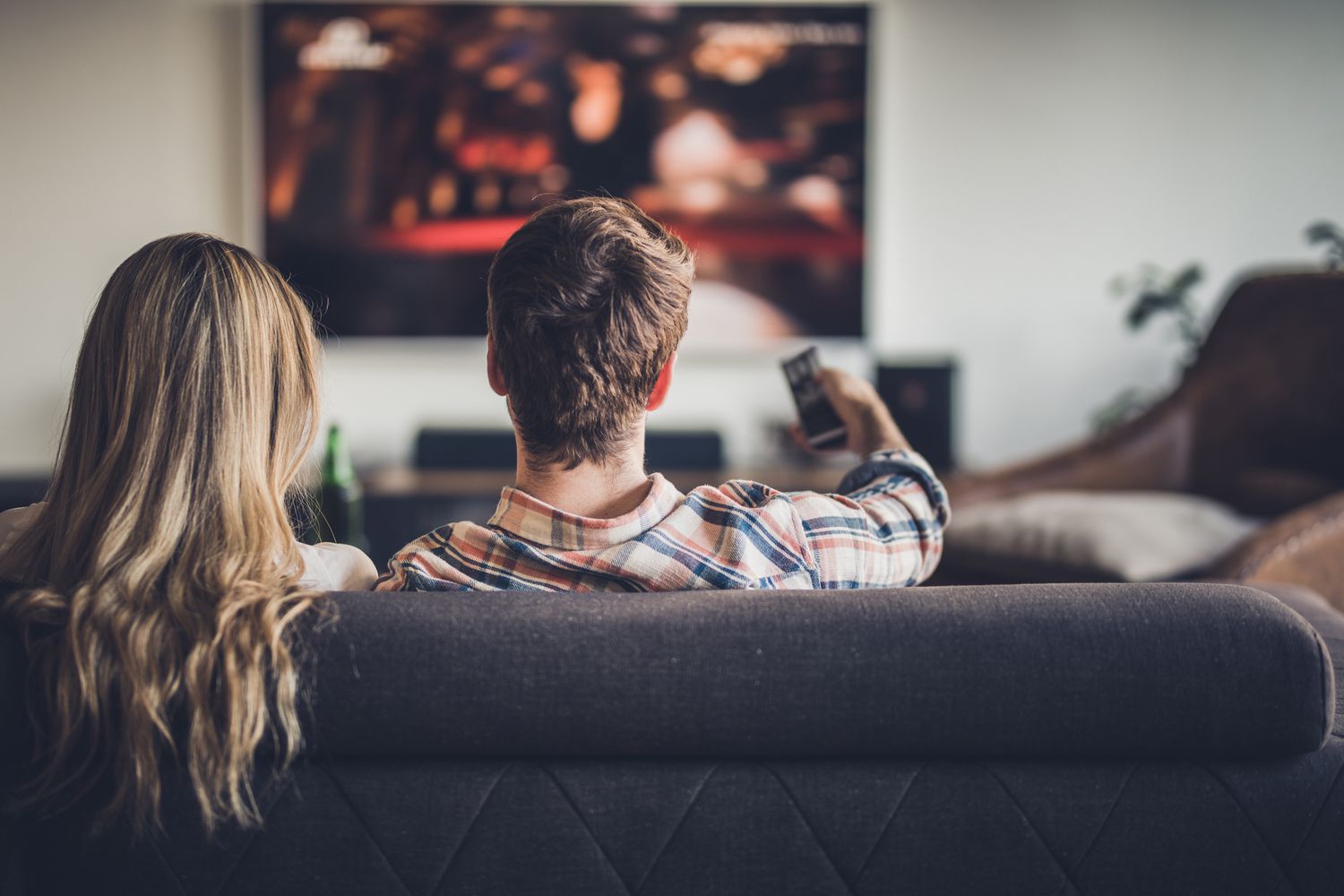
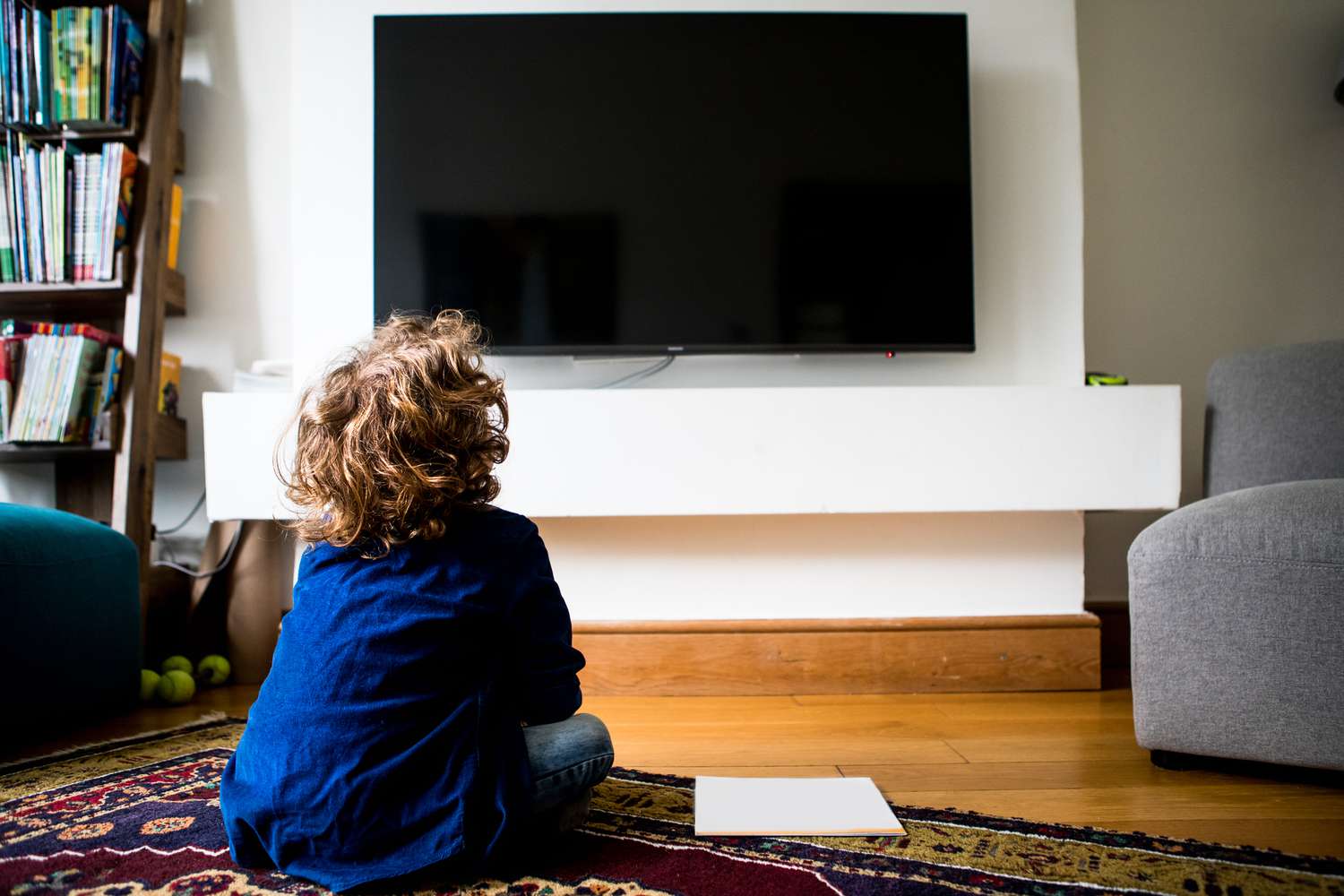
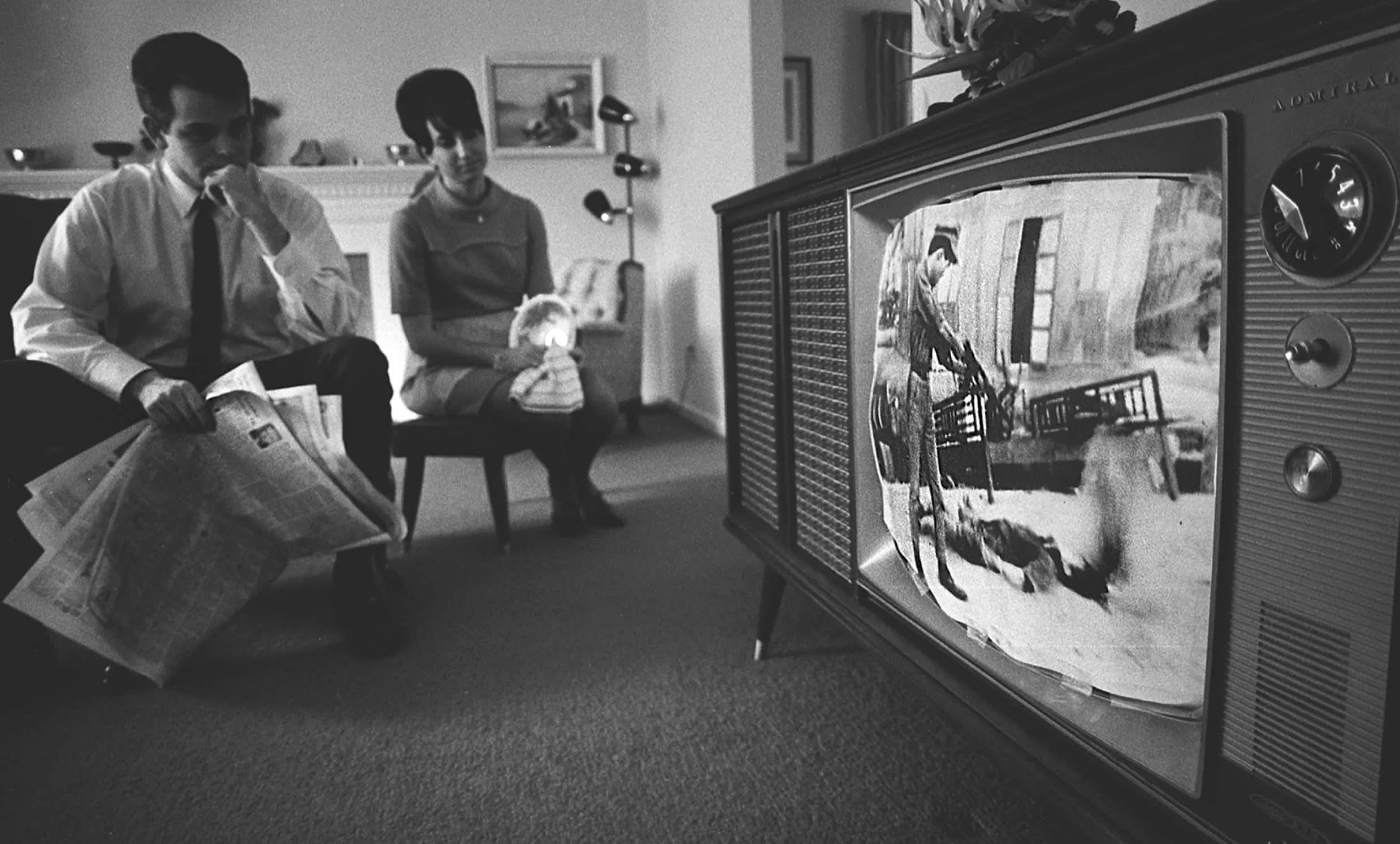



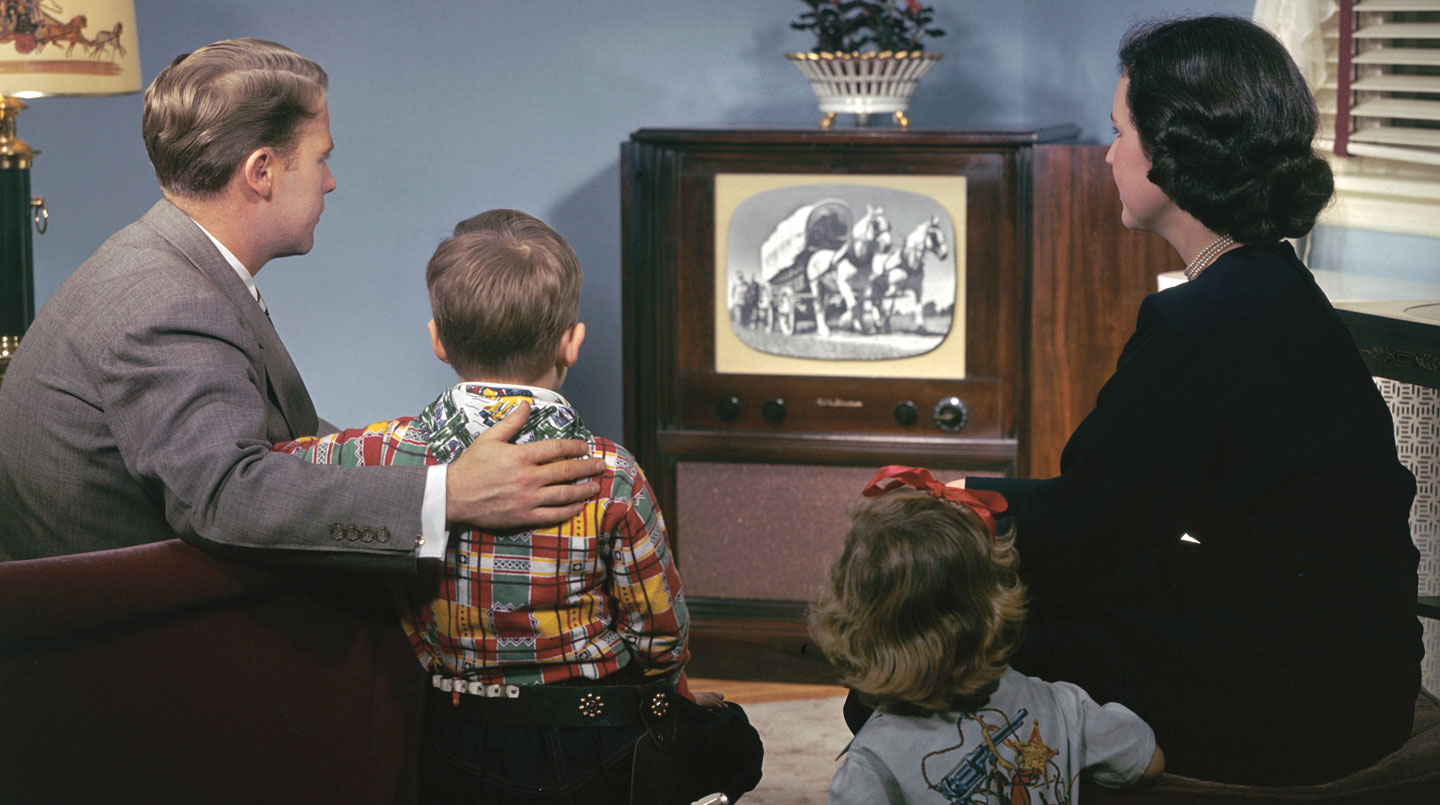



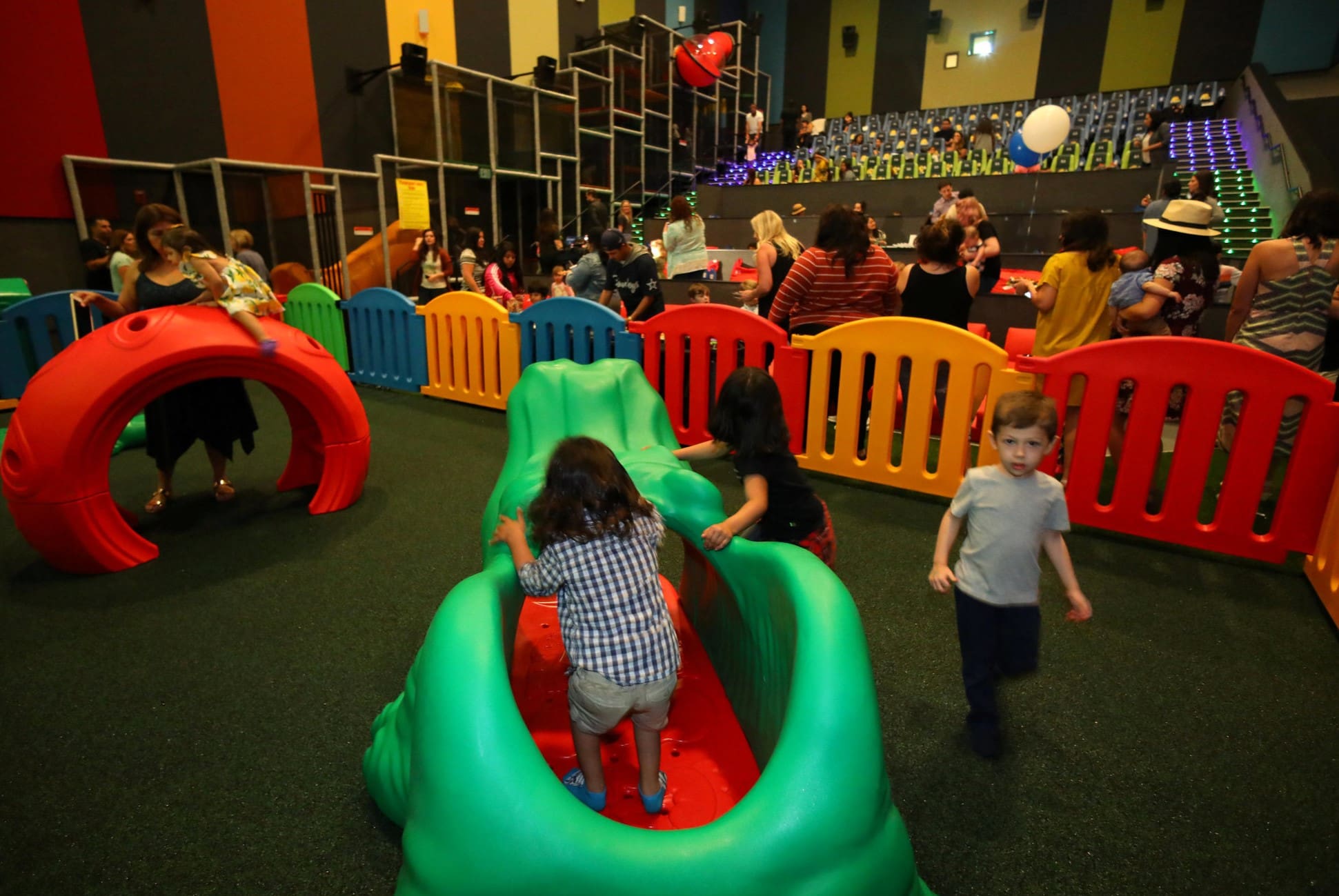
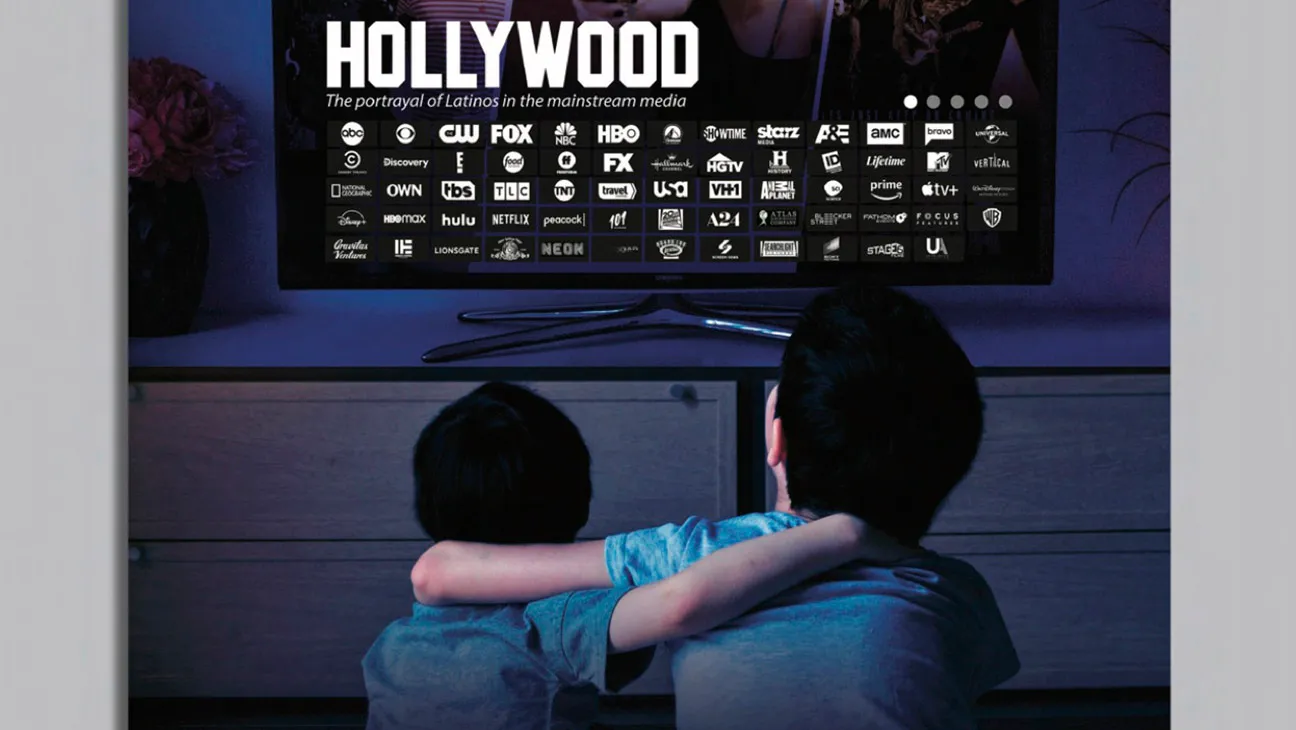


0 thoughts on “How Can The Media (Newspapers, Television, Movies, Music) Help To Reduce Stereotyping?”